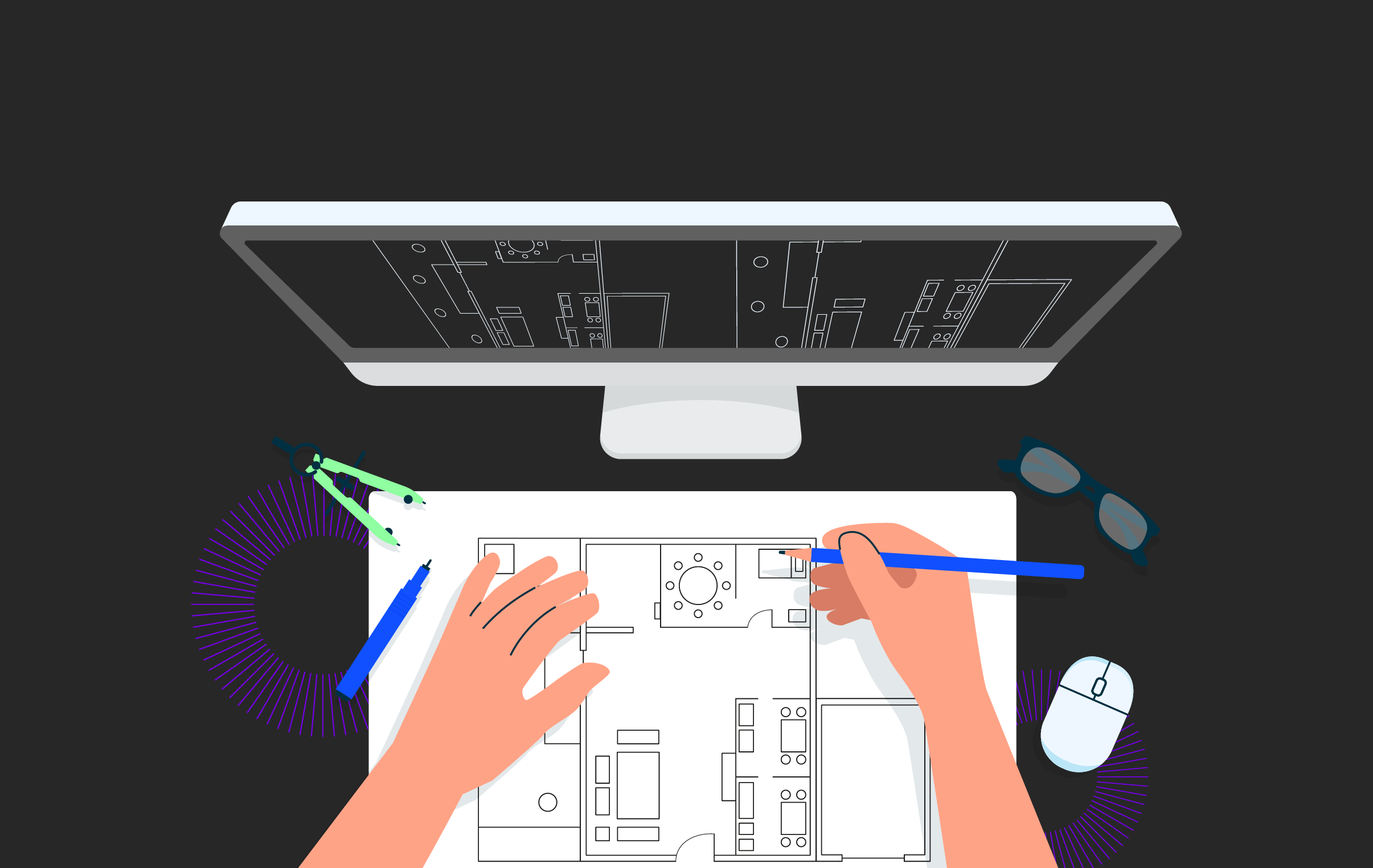Transforming Efficiency and Collaboration Across the AEC Industry with BIM 360

In the dynamic world of Architecture, Engineering, and Construction (AEC), efficiency and collaboration are fundamental pillars that drive project success. Amidst the evolving landscape of digital transformation, Building Information Modeling (BIM) technology has emerged as a catalyst for revolutionizing how AEC professionals plan, design, construct, and manage built assets. At the forefront of this transformation lies BIM 360, an integrated platform by Autodesk, designed to empower stakeholders across the AEC industry with tools for streamlined project management, seamless collaboration, and data-driven decision-making.
Understanding BIM 360's Role Across AEC Disciplines
Architecture: Architects rely on BIM 360's collaborative design tools to create and iterate on building designs in a virtual environment. By centralizing project data and enabling real-time collaboration, architects can streamline the design process, improve design quality, and ensure alignment with client requirements and project objectives.
Engineering: Engineers leverage BIM 360's model coordination and analysis tools to optimize building systems, ensure constructability, and mitigate risks. Through clash detection, coordination workflows, and performance analysis, engineers can identify potential conflicts early in the design phase, leading to more efficient designs and smoother project execution.
Construction: General contractors and construction managers utilize BIM 360's document management, field management, and model coordination capabilities to streamline construction workflows and enhance on-site productivity. By providing access to up-to-date project information, automating field processes, and facilitating collaboration between project teams, BIM 360 helps construction professionals deliver projects on time and within budget.
Facilities Management: Beyond the construction phase, BIM 360 continues to add value during the operations and maintenance of built assets. Facility managers leverage BIM 360's data-rich models and asset information to streamline facility operations, optimize maintenance schedules, and ensure the longevity of building assets. By connecting design and construction data with facility management processes, BIM 360 enables a seamless transition from construction to operations.
Key Benefits of BIM 360 Across AEC Disciplines
Streamlined Workflows: BIM 360 provides a unified platform where project stakeholders can access, share, and collaborate on project information in real-time, streamlining workflows across AEC disciplines and improving project efficiency.
Enhanced Collaboration: By breaking down silos and facilitating cross-disciplinary collaboration, BIM 360 fosters a culture of teamwork and communication, leading to better decision-making and project outcomes.
Data-Driven Insights: BIM 360's analytics and reporting capabilities enable stakeholders to gain valuable insights into project performance, trends, and risks, empowering them to make informed decisions and drive continuous improvement across the project lifecycle.
Conclusion
As the AEC industry continues to evolve in the digital age, BIM 360 emerges as a transformative tool that transcends traditional boundaries, empowering stakeholders across architecture, engineering, construction, and facilities management with the tools they need to succeed. By fostering efficiency, collaboration, and data-driven decision-making, BIM 360 helps AEC professionals deliver projects more effectively, sustainably, and resiliently. As the industry embraces digital transformation, BIM 360 will undoubtedly play a central role in shaping the future of AEC.


